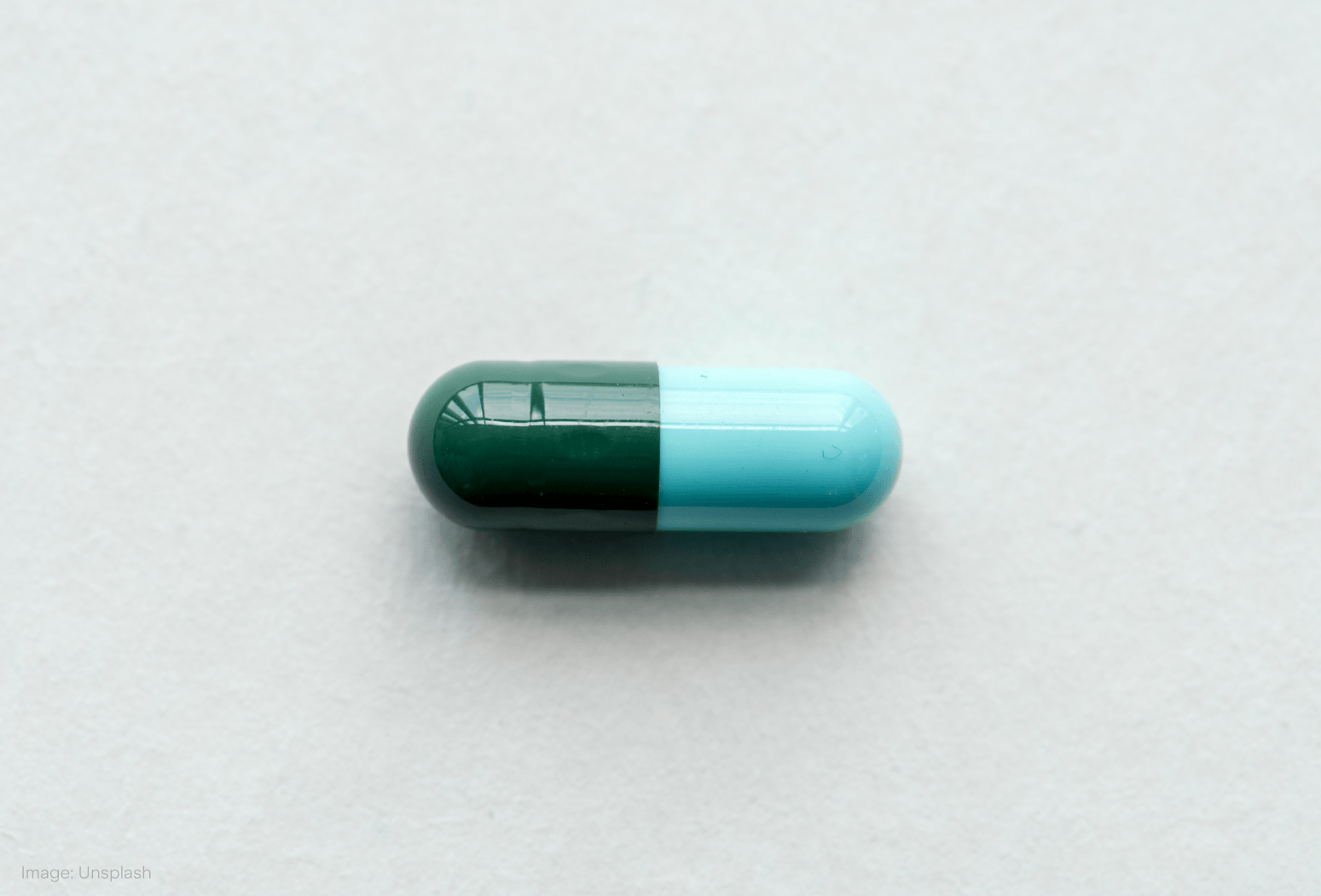
Drugs
Big Pharma was still reeling from the side effects of tariffs when Trump administered another dose of policy: price cuts to prescription drugs.
Trump’s executive order from last month demands drugmakers cut prices to more closely match what they charge in other developed markets. The administration threatened new regulations and enforcement actions for firms that fail to comply. It was a bitter pill for U.S. pharma giants.
Shares in Ozempic-maker Novo Nordisk ($NVO) took a hit on the day, as Trump singled out the weight loss drug as an example of the price discrepancy between U.S. vs international markets. Last year, the firm’s CFO pointed out that the real bad guys were pharmacy benefit managers (PBMs) – the middlemen that negotiate drug prices on behalf of pharma companies in the U.S.
Those PBMs are firms like Cigna ($CI), CVS Health Corp ($CVS) and UnitedHealth ($UNH). According to Novo Nordisk, PBMs didn’t pass on negotiated discounts to consumers. Incidentally, the U.S. is the only country that lets PBMs pocket 50 cents of every dollar spent on medicines.
Other pharma companies will be impacted by impending import tariffs on certain drugs. Eli Lilly ($LLY), for instance, has acknowledged that expanding tariffs will have a negative impact on its firm and the industry. Incidentally, China is a major supplier of active pharmaceutical ingredients (APIs). But it's now looking less like a reliable partner and more like a blocked artery in the global supply chain.
For some manufacturers of generic drugs, whose profit margins are already thin, these policies are anything but placebo. Teva ($TEVA) and Viatris ($VTRS) were already dealing with pricing pressure and regulatory scrutiny. They’re now forced to consider whether it’s cheaper to pay tariffs or to completely reengineer their global manufacturing pipelines.
Biotech firms like Amgen ($AMGN) and Gilead Sciences ($GILD) aren't immune either. Although their specialised therapies provide some pricing flexibility, they’re facing heightened political scrutiny and the possibility of stricter pricing benchmarks tied to international averages.
So who actually benefits from these policies? Telehealth players like Teladoc ($TDOC) stand out. This company has a bundled virtual care and prescription delivery model – something that aligns with a leaner, more consumer-driven pharma ecosystem.
And a push to squeeze out middlemen works out for retail giants with a pharmacy business. Amazon ($AMZN) and Walmart ($WMT) certainly have the logistics muscle to appeal directly to cost-conscious consumers.
But pharma is pushing back. Industry players argue that disruptions to the drug supply chain help no one – and they’re ready to fight policy changes. Still, rather than a plaster, this sector might need a long-term care plan. And if you’re holding pharma in your portfolio, this could be a good time to check its vital signs.
This is not financial advice nor a recommendation to invest in the securities listed. The information presented is intended to be of a factual nature only. Past performance is not a reliable indicator of future performance. As always, do your own research and consider seeking financial, legal and taxation advice before investing.

Samy is a markets analyst at Stake, with seven years of experience in the world of investing, working across roles in private banking, venture capital and financial media. She has a Master’s degree in Finance and Data Analytics from The University of Sydney Business School.


